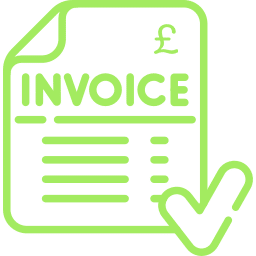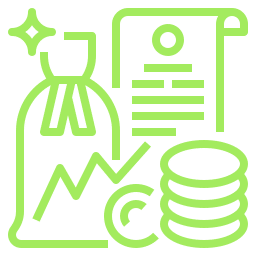
The business conversation around Cash Flow Positive vs Profitable signifies a company’s robust financial health which is the foundation of any organization regardless of size.
Our editorial details the difference between being cash flow positive versus being profitable whilst offering invaluable insights into a business’s operational strengths and challenges.
WHAT IS CASH FLOW?
At its core, cash flow provides a snapshot of a company’s liquidity, charting the journey of cash as it enters and exits the business. A positive cash flow indicates that a company’s liquid assets are increasing, allowing it to cover obligations, reinvest in its business, return money to shareholders, and prepare for future financial challenges. On the contrary, a negative cash flow signifies potential trouble ahead.
Cash flows are categorised as:
- Operating Cash Flow: This stems directly from the company’s primary business activities. It’s a reliable metric to gauge a company’s ability to generate positive cash flow from operations.
- Investing Cash Flow: This arises from investment activities, such as acquisitions or sales of long-term assets like property and equipment.
- Financing Cash Flow: This represents changes in equity, debt, and dividend payments.
WHAT IS PROFIT?
While cash flow gauges liquidity, profit measures the business’s profitability over a period. It’s the residue left after all expenses have been subtracted from the revenues. Profit doesn’t necessarily denote cash in hand, as revenues might be earned but not yet received.
Profit tiers include:
- Gross Profit: Represents sales minus the direct costs associated with those sales.
- Operating Profit: Deducts operating expenses like wages and rent from the gross profit.
- Net Profit: The ultimate bottom line, derived after all expenses, including operational costs, interest, taxes, and more, have been subtracted.
The Difference between Cash Flow positive vs Profitable
- Revenue Generated: Revenue is the cornerstone of business operations. Cash flow revolves around the actual cash collected, while profit considers the revenues earned, irrespective of when they’re received.
- Expense Incurred: Cash flow and profit diverge in their treatment of expenses. Cash flow emphasises the timing of expense payment, while profit focuses on when the expense is incurred.
- Profit Recognized: Profit is a result of accounting practices, recognised when revenue surpasses expenses. In contrast, cash flow is tangible, centring strictly on cash movements.
Can you turn cash flow positive from an unsecured loan?
Unsecured loans can act as a lifeline, providing an immediate boost to cash flow. When businesses face liquidity challenges, such loans can be beneficial. However, the borrowed funds come at a cost, usually interest, which will impact future cash flows and profitability.
What are the legal implications of both?
Managing cash flow and profit comes with responsibilities:
- Cash Flow: Inaccurate representation or deliberate manipulation of cash flow statements can lead to legal ramifications. Defaulting on payments due to poor cash flow can also result in legal consequences.
- Profit: Profit manipulation or fraudulent reporting can have severe legal repercussions, including hefty fines or imprisonment.
Is profit more important than cash flow?
Both metrics have their place. A business needs profit for long-term sustainability, but cash flow is the lifeblood for daily operations. Companies can go bankrupt with profitable sheets if they fail to manage cash flow effectively. It’s not about one being more critical than the other but understanding their interplay and significance.
Can growth lead to cash flow problems?
Growth can lead to cash flow problems. This phenomenon is sometimes referred to as “overtrading” or “growing broke.” It’s a situation where a business expands so quickly that it doesn’t have sufficient cash flow to support its increased operations, even if it’s profitable on paper. Here’s how growth can cause cash flow challenges:
Increased Operational Costs: Rapid expansion often requires significant investment in inventory, equipment, and personnel. These upfront costs can strain cash reserves before the additional revenues from the expansion start rolling in.
Extended Receivables: As you take on more customers, especially large clients, they might negotiate longer payment terms. This delay in payments can tie up funds that would otherwise be available for ongoing expenses.
Larger Inventory: Growing businesses often need to keep larger stocks of inventory, which ties up cash. If there’s any delay in turning over this inventory, it can further exacerbate cash flow issues.
Final Words (Cash Flow Positive vs Profitable)
In conclusion, while both cash flow and profit are indicators of a business’s health, they serve different purposes and provide varied insights. A holistic approach to the conversation considers both these metrics, is indispensable for a well-rounded view of a business’s financial status. As the old adage goes, “Revenue is vanity, profit is sanity, but cash is king.”






















